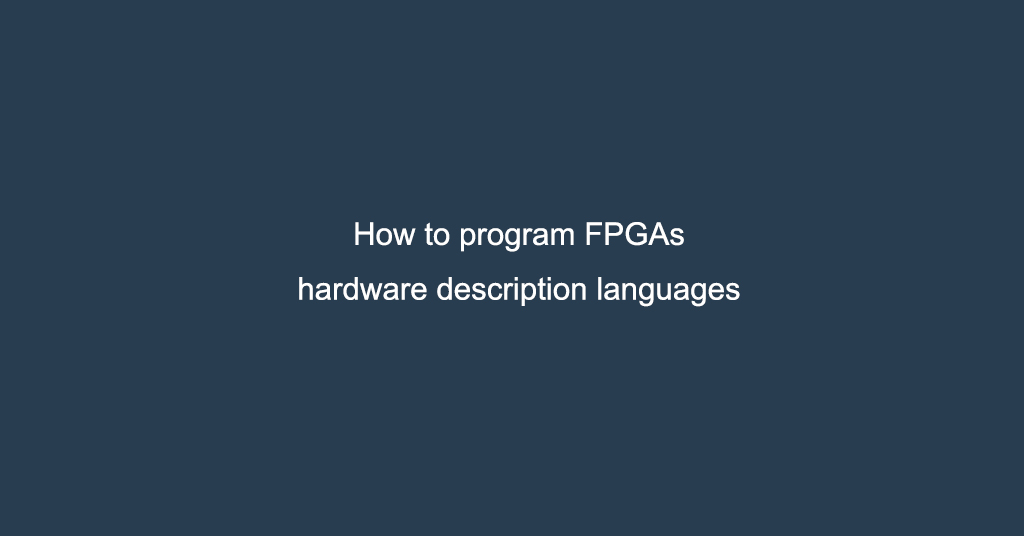Using FPGAs to Accelerate Innovation in Low-Power AI Applications
Research by relevant authoritative institutions shows that by 2024, the proportion of devices with device-side AI reasoning capabilities is expected to reach 60%. It confirms the rapid innovation of AI in the past few years. This requires engineers to develop more flexible design models during the transition from the cloud to the network edge. The drivers of this trend include the need for ultra-low latency, security performance, and bandwidth limitations and privacy protection.
1. Why FPGAs are the best choice for edge computing and AI applications
FPGAs are inherently flexible and adaptable, making them ideal for edge computing and AI applications.
An FPGA is a parallel computing engine capable of operating at lower clock frequencies and therefore lower power consumption. In addition, the entire architecture also has flexible resources, including DSP, memory, distributed and interconnected programmable logic units, and has many similarities with those new ASICs dedicated to AI.
However, unlike ASICs and other processors, the flexibility of FPGAs enables continuous optimization of existing use cases within a system and the introduction of entirely new use cases without requiring new hardware
When comparing the design cycle of an FPGA to an ASIC, it can be seen that a system designer can use an FPGA for multiple iterations to quickly introduce new applications and bring them to market. And system designers using ASICs have to wait for the next iteration to reach the same level of performance, which not only delays time to market, but is also less efficient overall when the system needs to adapt.
At this year’s Embedded Vision Summit, Lattice showed a demonstration based on a CertusPro™-NX device that can run multiple AI engines and concurrent threads in parallel, reducing overall system latency and implementing a full system implementation Higher FPS can be achieved in .
2. Helping system designers accelerate the development of AI applications
In the second half of the summit, a brief overview of how it helps system designers (usually software developers, not FPGA experts) with its various software solutions, including the sensAI™ solution collection.
sensAI includes a range of tools, hardware, acceleration IP, software tools, reference designs and demos, custom design services, and end-to-end solutions built for AI applications in specific end markets.
Included in ensAI is the sensAI Studio design software, which enables system designers to validate use cases in hours instead of days or weeks. They can use sensAI Studio to import models already in the software model library or their own models, then perform transfer learning, evaluate the training of the model, collect and label data, configure and test the model, and then perform transfer learning for a specific device on the board. compile.
3. Enabling the Next-Generation Smart PC Experience
Today’s PC users are increasingly interested in smart devices that are more sensitive, and they also need strong security to protect their privacy. In addition, they want to experience better collaboration features, such as a great conference call audio and video experience. Laptop system designers face various challenges in bringing different form factors to the market, which also creates system challenges; how do you transfer all this data from the camera to the rest of the system?
AI-based solutions can help system designers address this area by helping them develop entirely new capabilities, including presence detection, bystander detection, and face framing for video calls. Our solution also enables attention tracking, allowing users to spend up to 45% of the time away from the screen while using the computer, resulting in up to 28% additional battery life.
Haoxinshengic is a pprofessional FPGA and IC chip supplier in China. We have more than 15 years in this field。 If you need chips or other electronic components and other products, please contact us in time. We have an ultra-high cost performance spot chip supply and look forward to cooperating with you.

